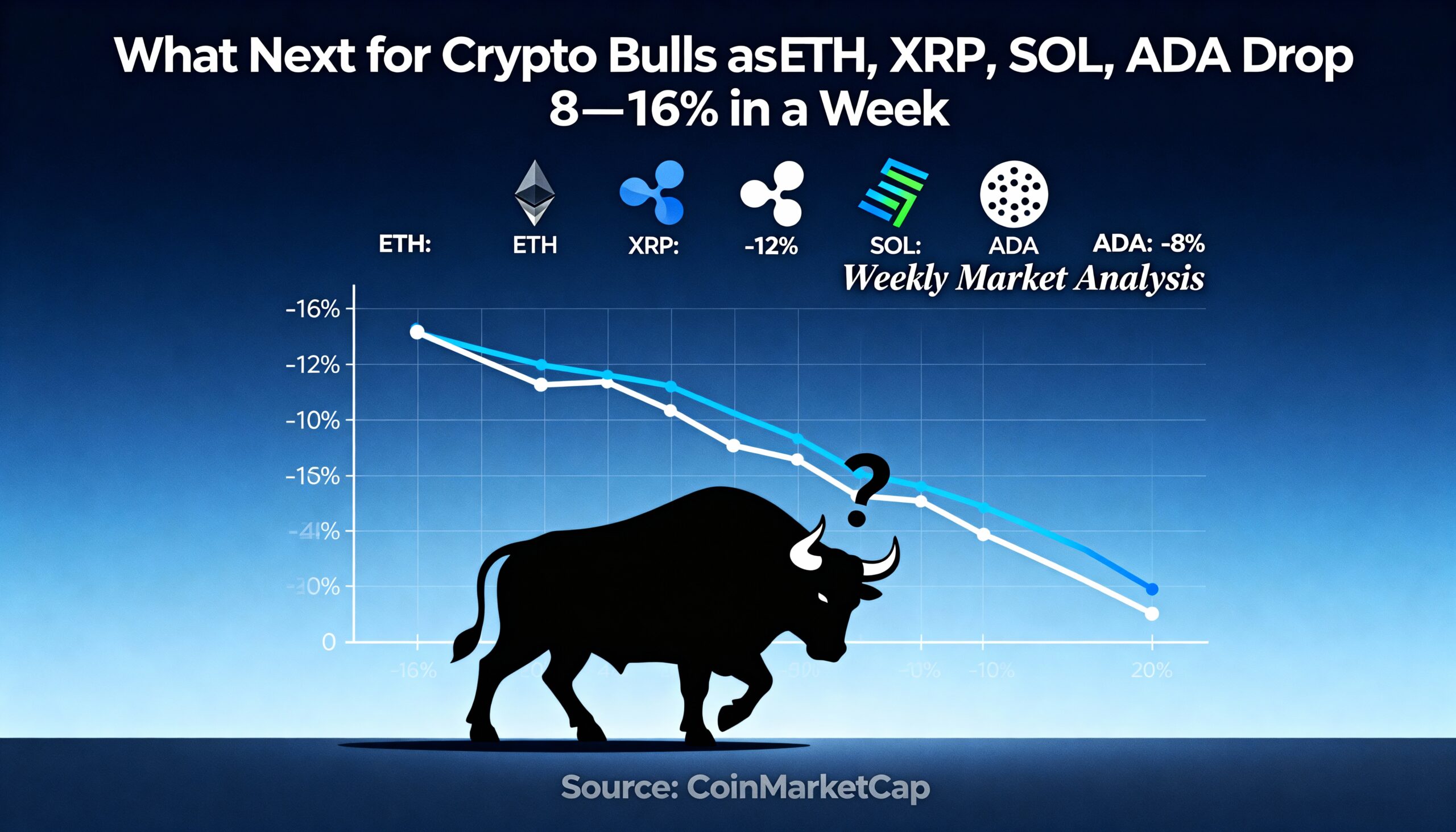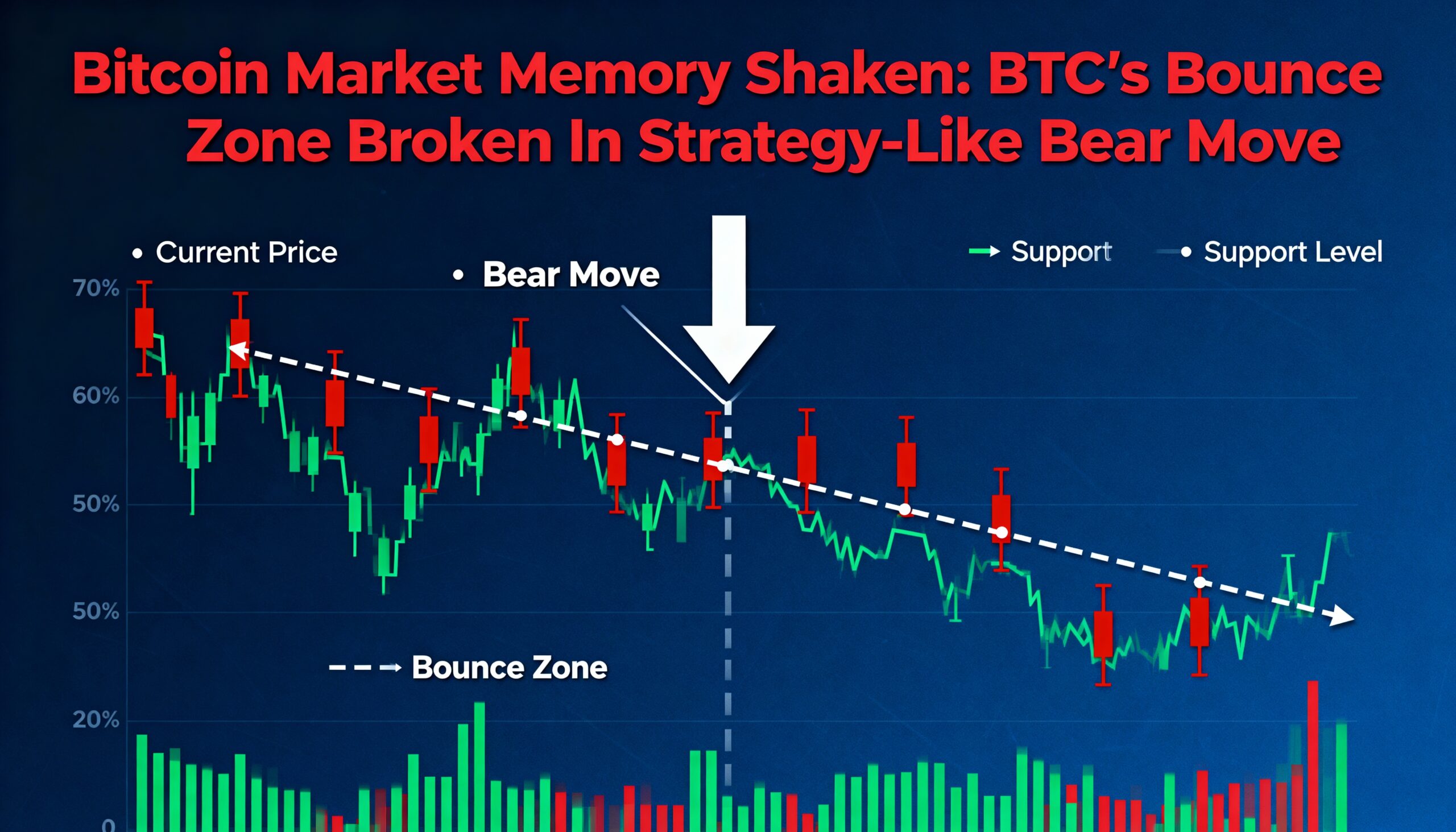
MicroStrategy (MSTR), often referred to as a “Bitcoin Development Company,” is set to become the first bitcoin-focused firm to join the Nasdaq-100 Index after a year of explosive growth that pushed its market cap to $92 billion. This milestone solidifies MicroStrategy’s position among the 100 largest non-financial companies on the Nasdaq, alongside tech giants like Microsoft, Apple, Amazon, and Tesla.
The announcement sent ripples through the market, with bitcoin (BTC) briefly breaking above $102,000 following the news on Friday evening.
MicroStrategy’s inclusion in the Nasdaq-100 significantly increases the index’s exposure to bitcoin, given the company’s massive BTC holdings, currently valued at around $42 billion. According to Bloomberg analyst Eric Balchunas, MicroStrategy is estimated to carry a 0.47% weight in the index based on its Nov. 29 valuation snapshot. For context, Apple — the index’s heaviest weight — holds nearly 9%, while other firms like Adobe and Qualcomm sit around 1%.
Passive investment flows are expected to provide a major boost to MSTR. ETFs tracking the Nasdaq-100 collectively manage over $550 billion in assets, led by the Invesco QQQ Trust (QQQ) with more than $300 billion. With MSTR now part of this ecosystem, automatic buying from index-tracking funds could fuel further demand for the stock.
“This inclusion marks a pivotal moment, not just for MicroStrategy but for broader institutional bitcoin exposure,” said James Van Straten, senior analyst at CoinDesk. “Passive funds will buy MSTR shares on schedule, which reinforces consistent demand. This could support Michael Saylor’s strategy of raising capital through equity offerings to accumulate even more bitcoin.”
However, Bloomberg’s James Seyffart pointed out that MicroStrategy’s classification may be reevaluated in March. Given its reliance on bitcoin as its primary asset, the company risks being reclassified as a financial firm rather than a technology business, potentially leading to removal from the Nasdaq-100. Saylor has previously expressed plans to evolve MicroStrategy into a “bitcoin-powered bank,” further blurring these boundaries.
Looking ahead, analysts note the ripple effect this move could have on other major ETFs. “With MicroStrategy now part of the Nasdaq-100, the SPDR S&P 500 ETF (SPY), managing $650 billion in assets, may face pressure to include MSTR as well,” added Van Straten. “This would introduce bitcoin exposure to millions of additional passive investors, adding more momentum to the flywheel effect.”
The Nasdaq-100 rebalancing, along with changes to the QQQ ETF and related funds, will officially take effect on Dec. 23, marking a historic milestone for both MicroStrategy and bitcoin integration into traditional finance.























